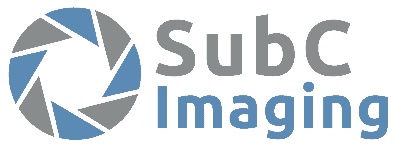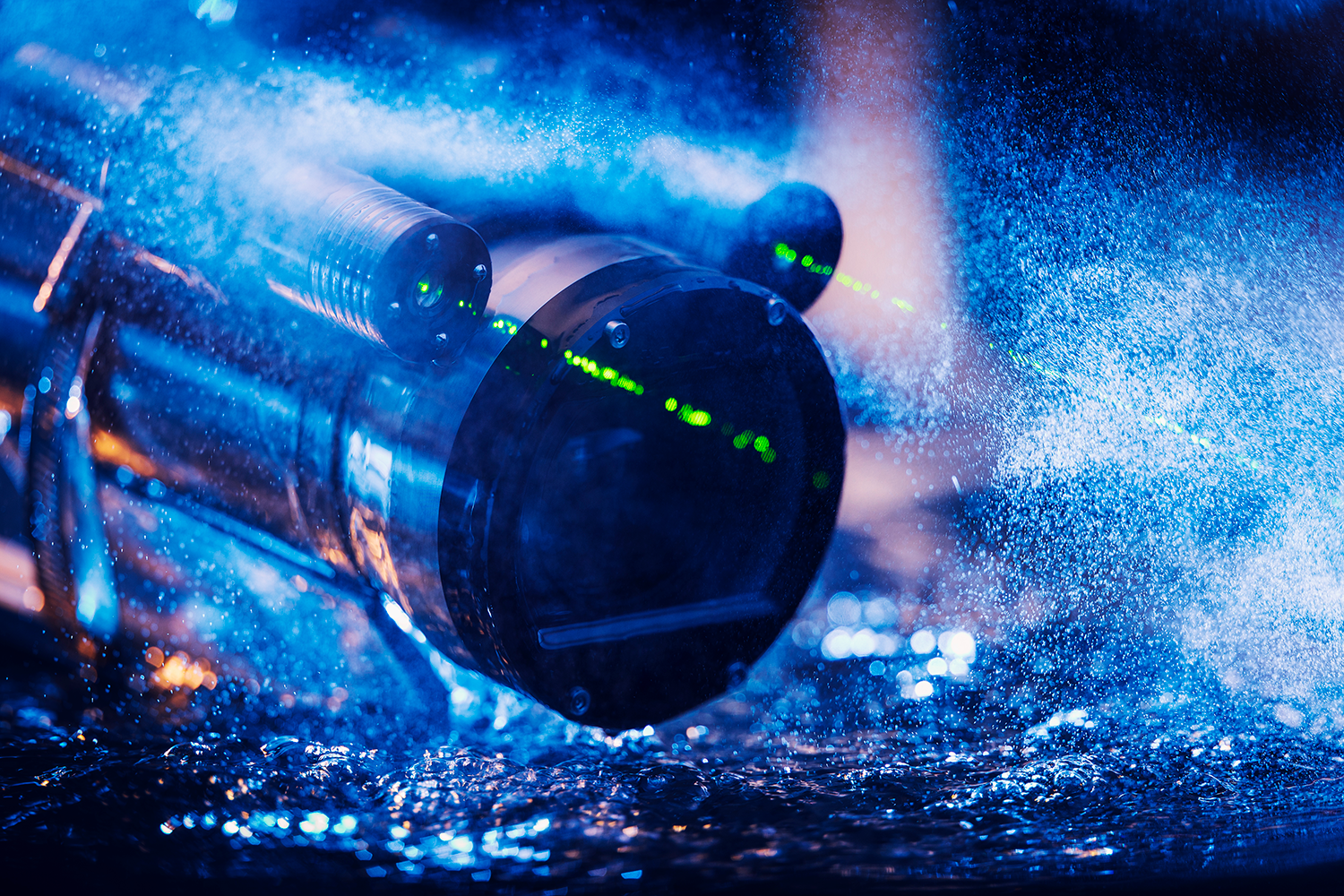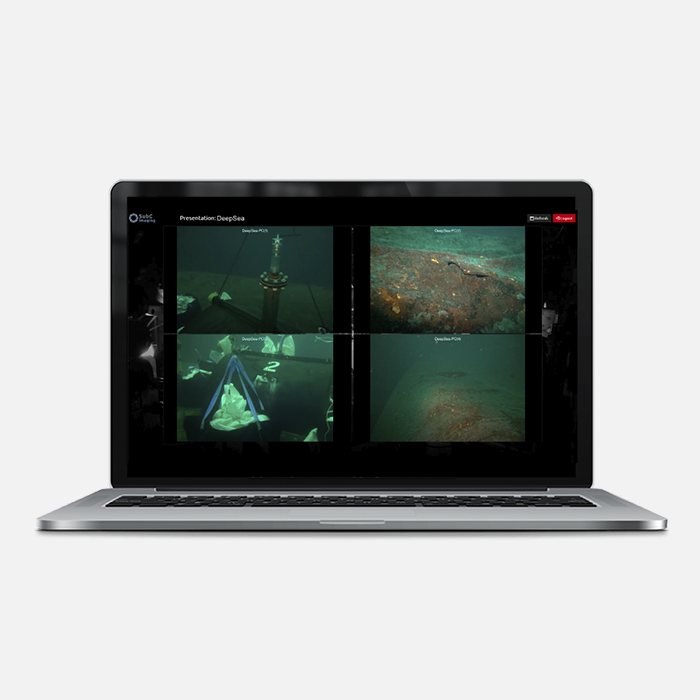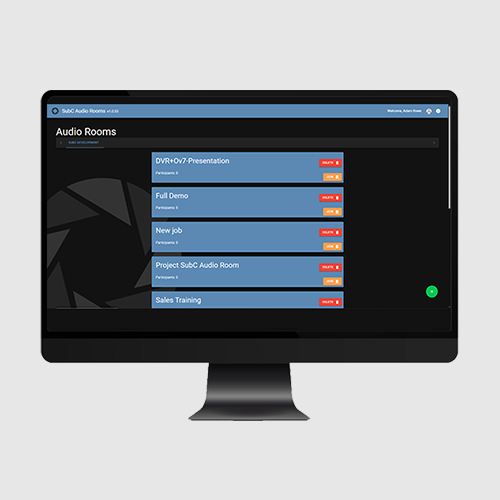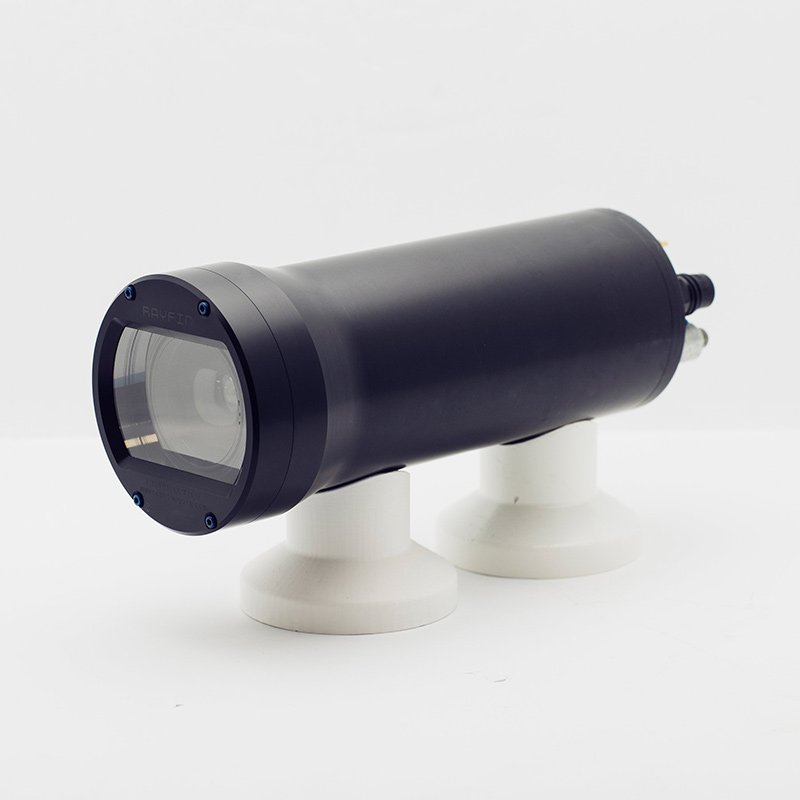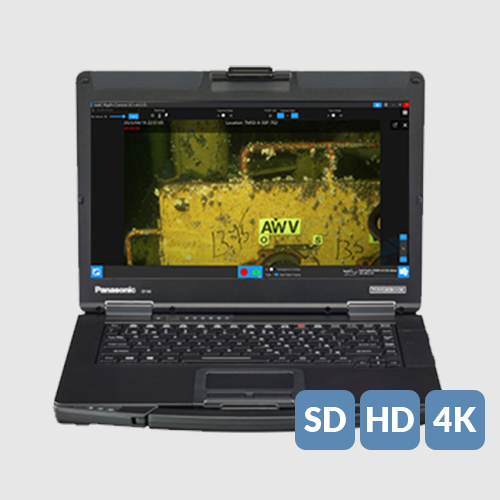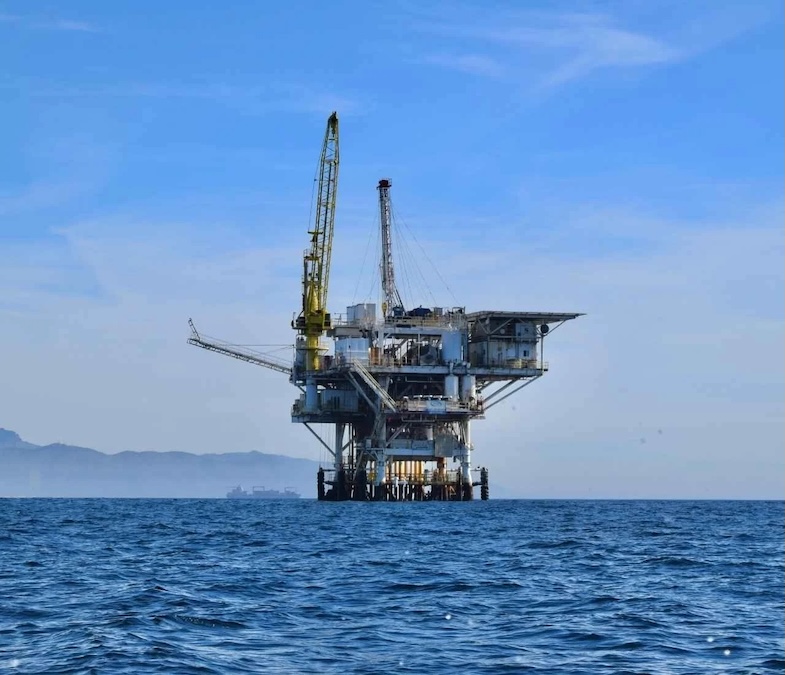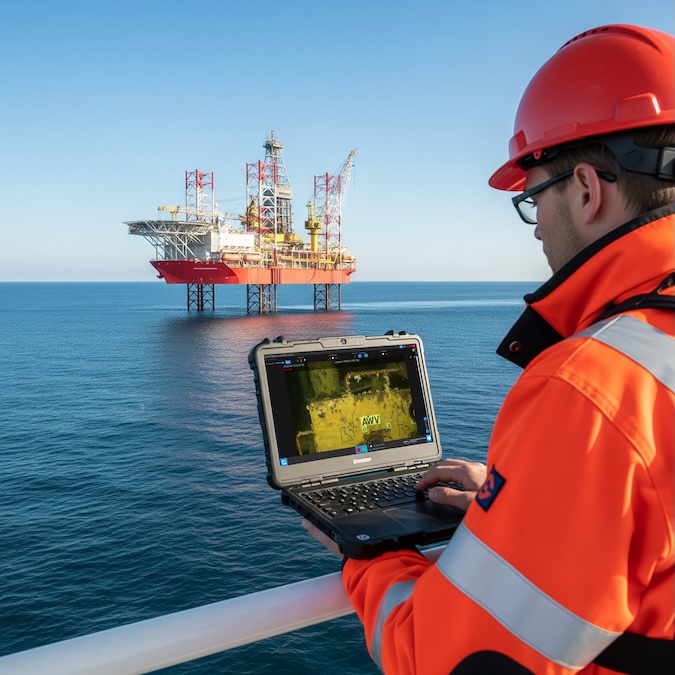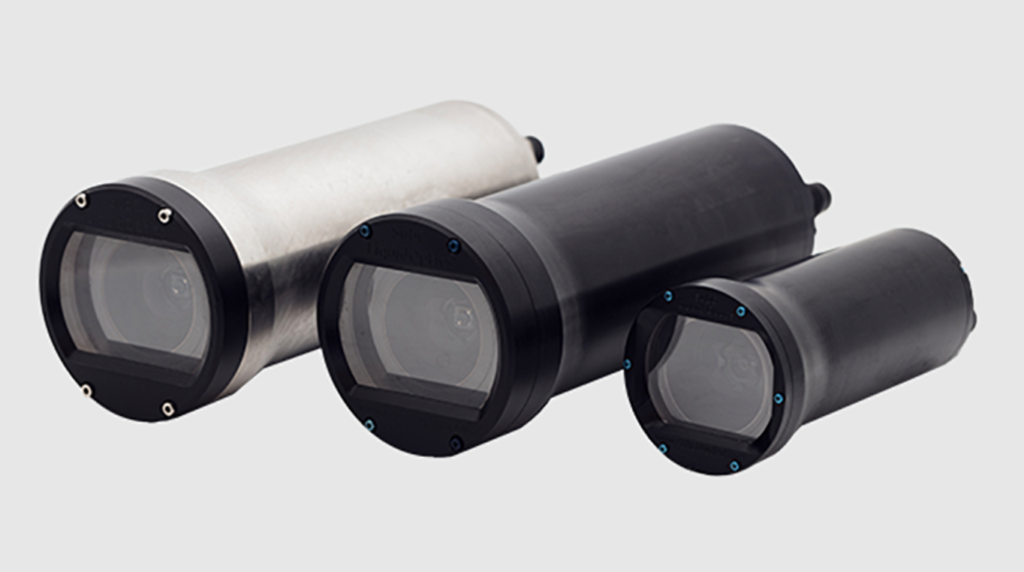
SubC Imaging’s Observatory Camera System provides continuous, high-resolution subsea imagery for cabled ocean observatories, enabling long-term monitoring and detailed scientific study of marine environments.
A cabled ocean observatory consists of instruments, sensors, and cameras connected to shore by a cable that provides both power and real-time data transmission. These networks can extend hundreds of kilometers across the seafloor, allowing uninterrupted observation of ocean conditions such as temperature, salinity, currents, and biological activity.
Unlike ship-based or drifting platforms, cabled observatories operate continuously and are less affected by weather, making them ideal for extended monitoring and research on ocean dynamics, marine life, and geological events.
Camera Systems for Ocean Observation
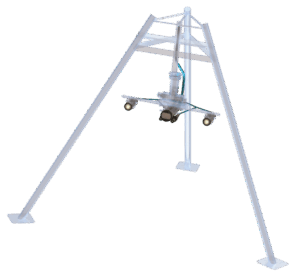 Camera systems are central to cabled observatories, giving scientists direct visual access to subsea environments. Each system typically includes a high-resolution camera, integrated lighting, and laser modules for measurement reference. Cameras must withstand pressure and corrosion while maintaining image quality.
Camera systems are central to cabled observatories, giving scientists direct visual access to subsea environments. Each system typically includes a high-resolution camera, integrated lighting, and laser modules for measurement reference. Cameras must withstand pressure and corrosion while maintaining image quality.
SubC Imaging’s Observatory Camera System delivers HD and 4K imagery with precise color and detail. The system supports Pan-Tilt-Zoom (PTZ) control, enabling remote observation of marine organisms and geological structures that are difficult to access with fixed cameras.
Research and Monitoring Applications
- Oceanography: Continuous imaging and environmental data collection support studies of temperature, salinity, and current variations.
- Marine Biology: Visual monitoring enables the observation of species behavior and habitat interactions in their natural settings.
- Geology and Geophysics: Real-time imagery of undersea volcanic and seismic activity aids in understanding seafloor processes and related natural events.
SubC Imaging in Cabled Observatory Projects
 Multiple cabled ocean observatories worldwide use SubC Imaging’s Observatory Camera System for long-term subsea monitoring.
Multiple cabled ocean observatories worldwide use SubC Imaging’s Observatory Camera System for long-term subsea monitoring.
Regional Cabled Array (RCA) – Operated by the University of Washington as part of the Ocean Observatories Initiative, the RCA integrates multiple SubC cameras that capture imagery from over 2,000 meters deep. The systems have recorded detailed visuals of hydrothermal vents and the ecosystems surrounding them.
Holyrood Subsea Observatory – Installed by the Fisheries and Marine Institute of Memorial University with Ocean Networks Canada, this observatory employs SubC Imaging cameras to capture five minutes of footage every hour at an 85-meter depth, allowing researchers to observe marine life in its natural environment and supporting local research and public engagement.
NEPTUNE Observatory – Operated by Ocean Networks Canada, the NEPTUNE observatory spans from the coast of Vancouver Island to a mid-ocean ridge with five instrumented nodes. The network supports studies of ocean processes and ecosystems, including research on whale carcass decomposition and the species that rely on them, contributing to understanding deep-sea biodiversity.
Supporting Long-Term Ocean Studies
Cabled ocean observatories provide continuous power and data links, enabling long-term monitoring of ocean changes and supporting studies of environmental and ecological trends over time.
SubC Imaging’s observatory camera systems form a vital component of cabled ocean observatories, delivering reliable, high-quality visual data for ongoing marine research. These systems help scientists observe, analyze, and better understand the changing dynamics of the ocean environment.




